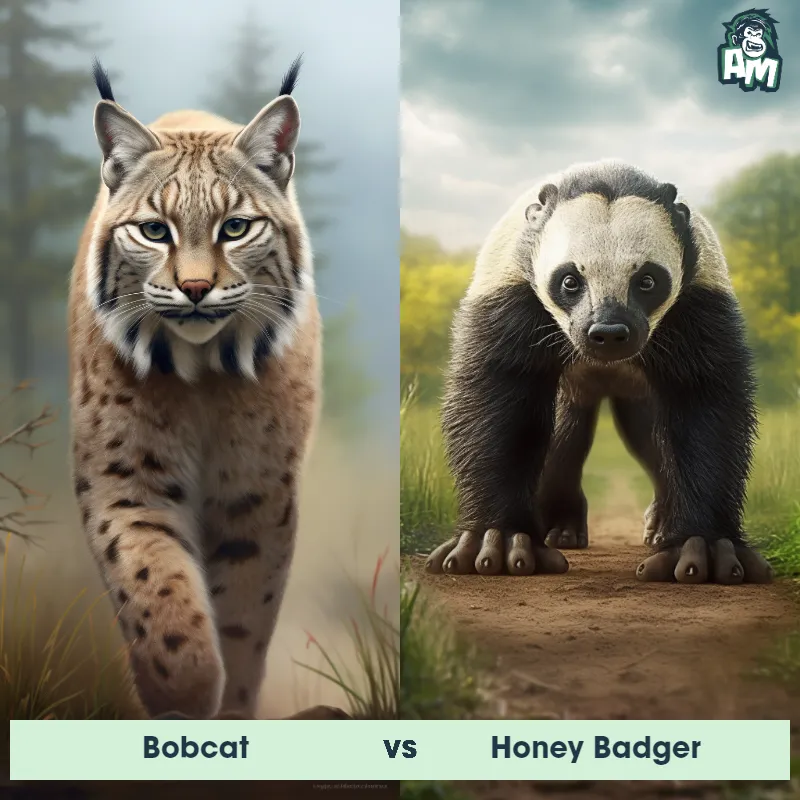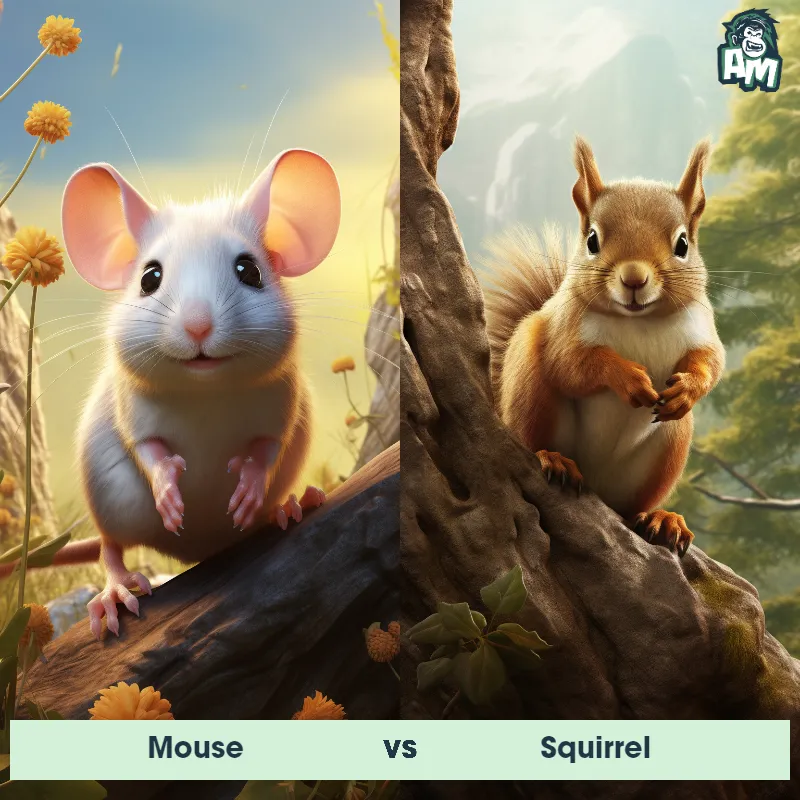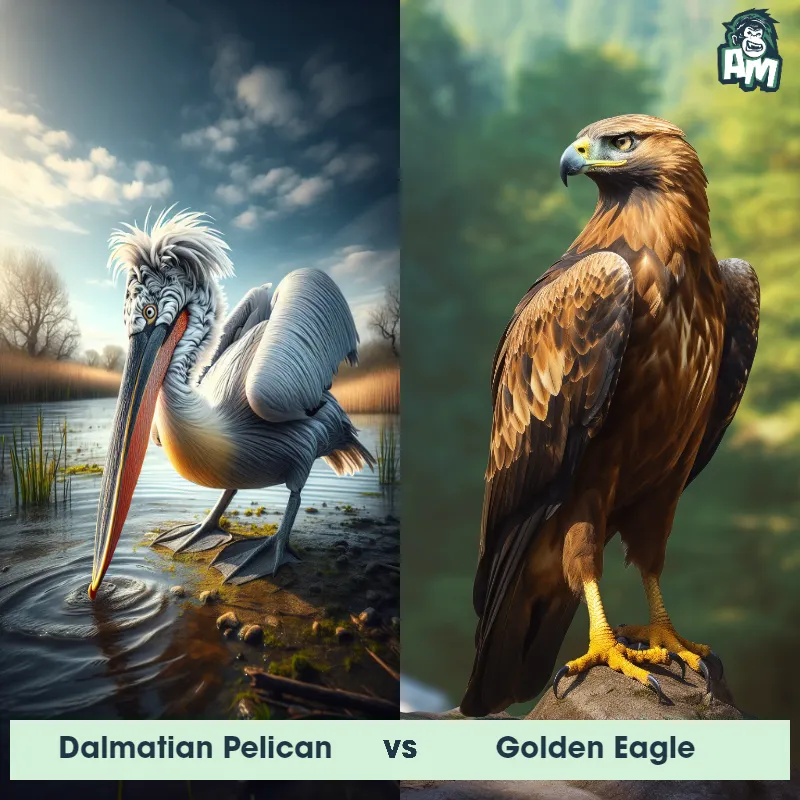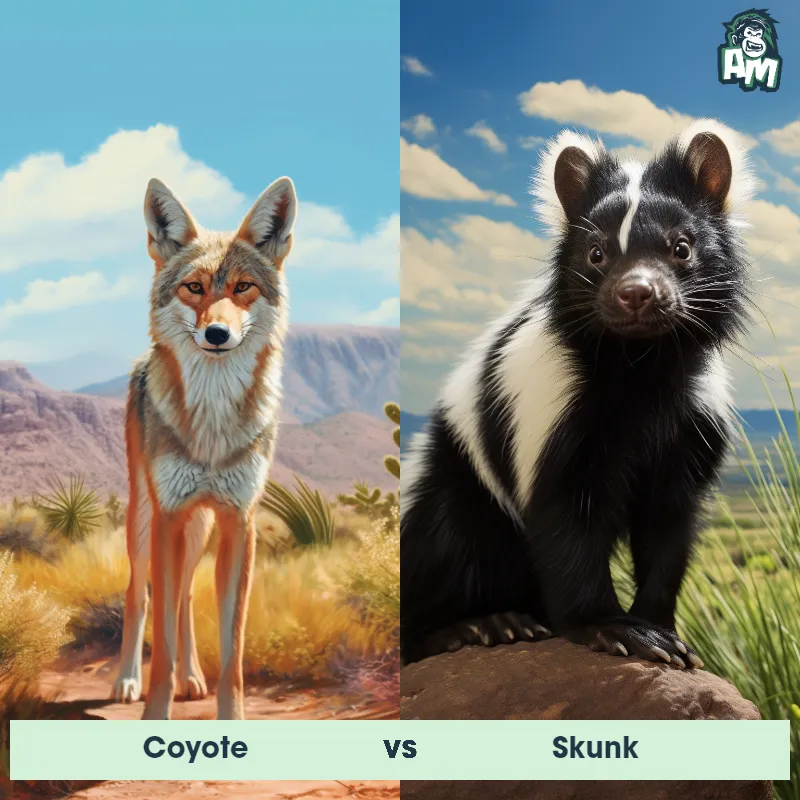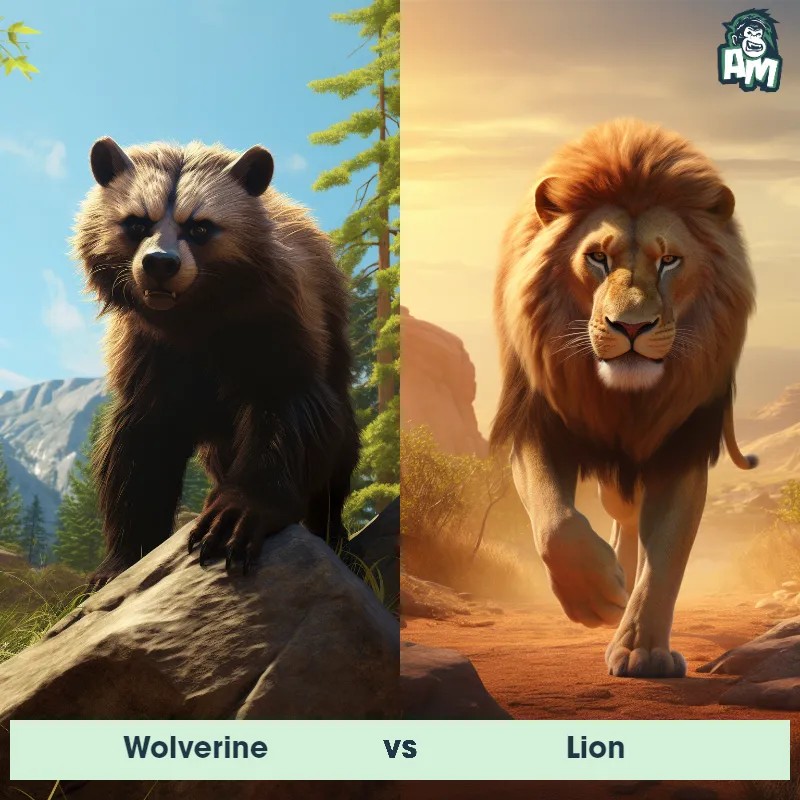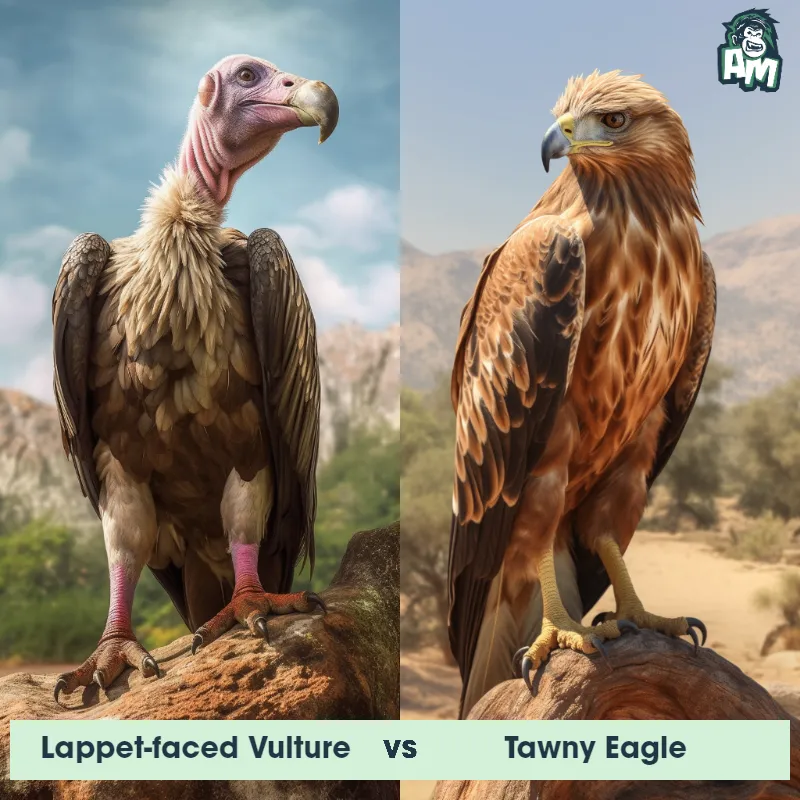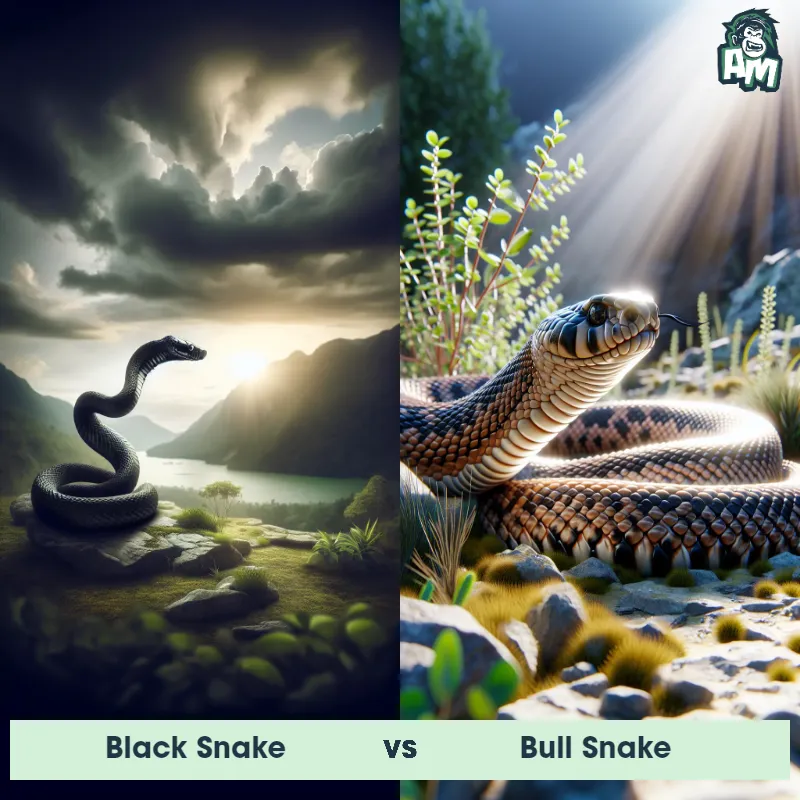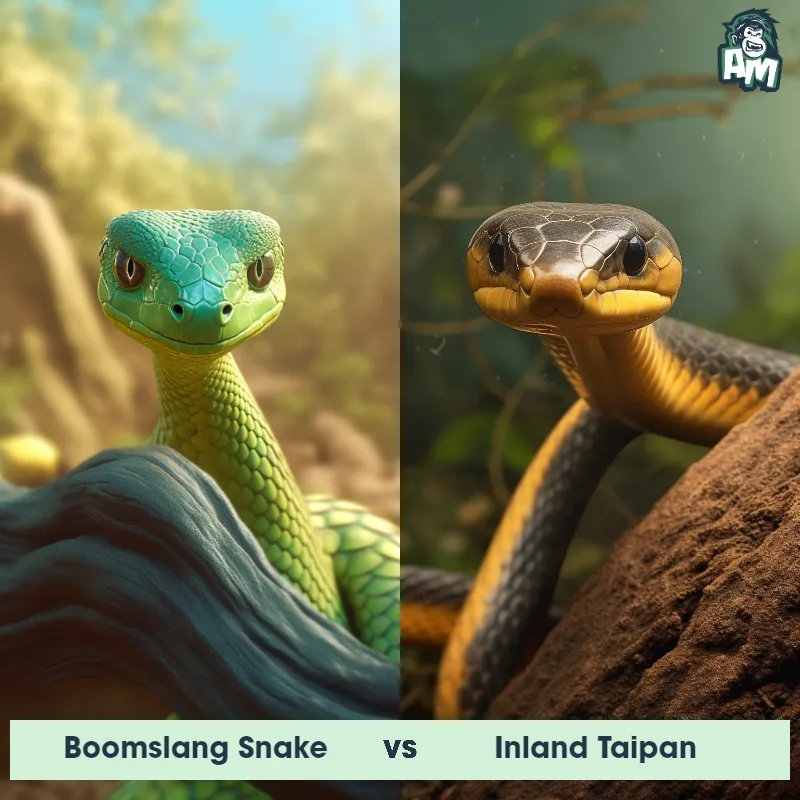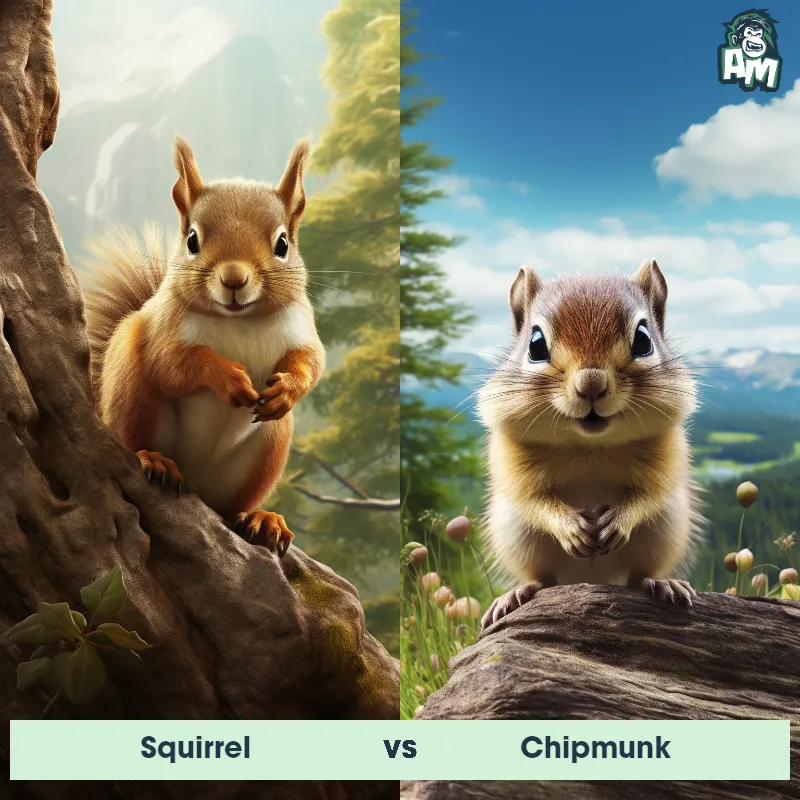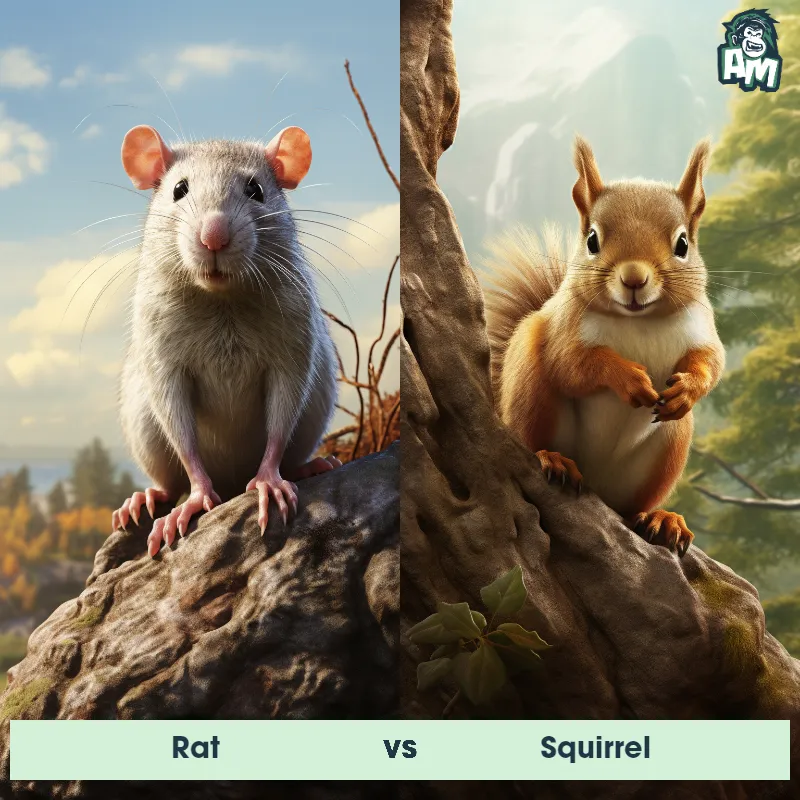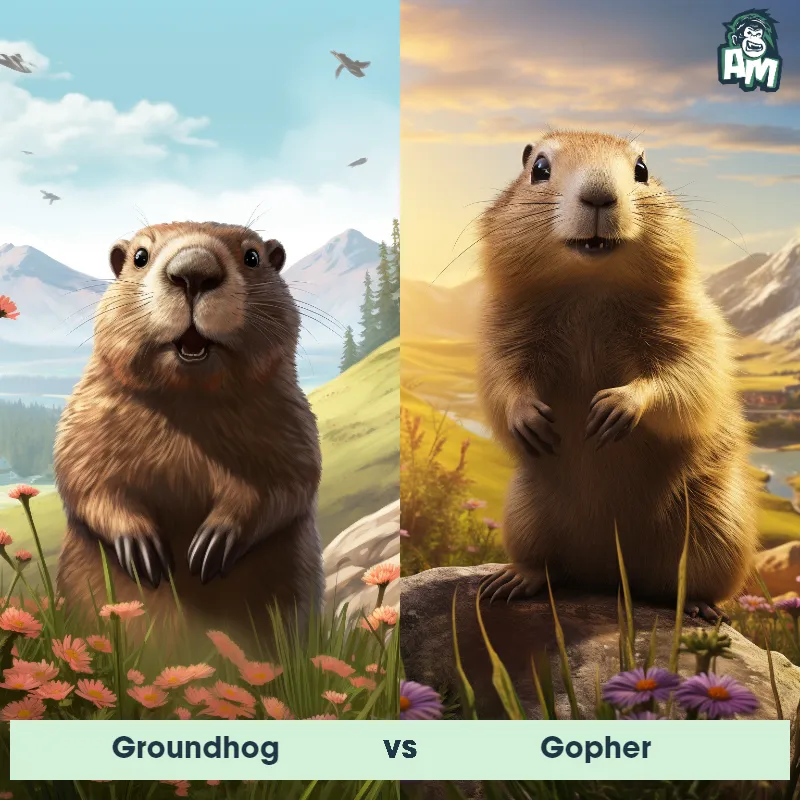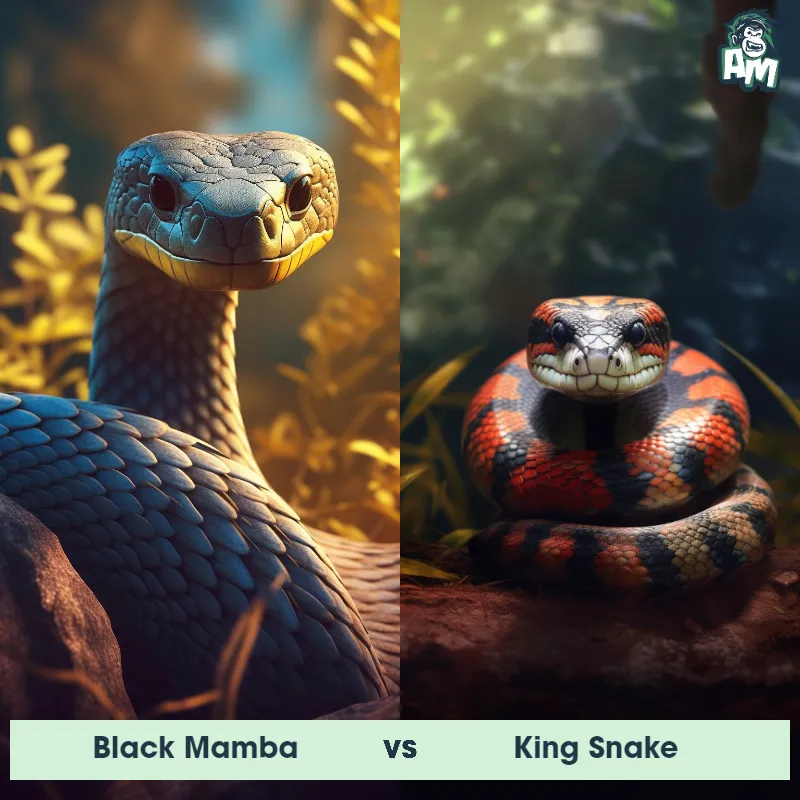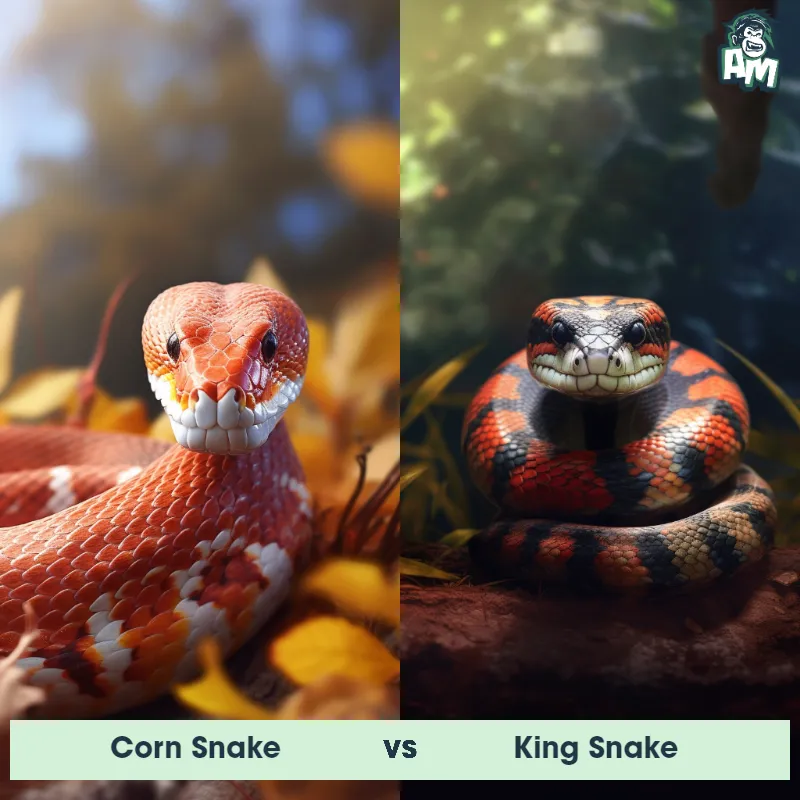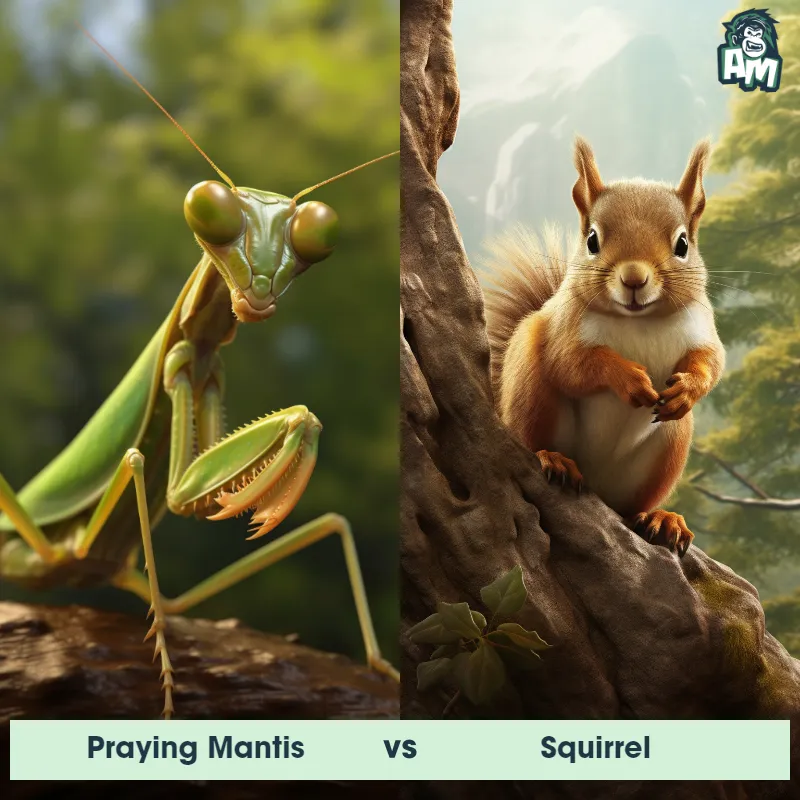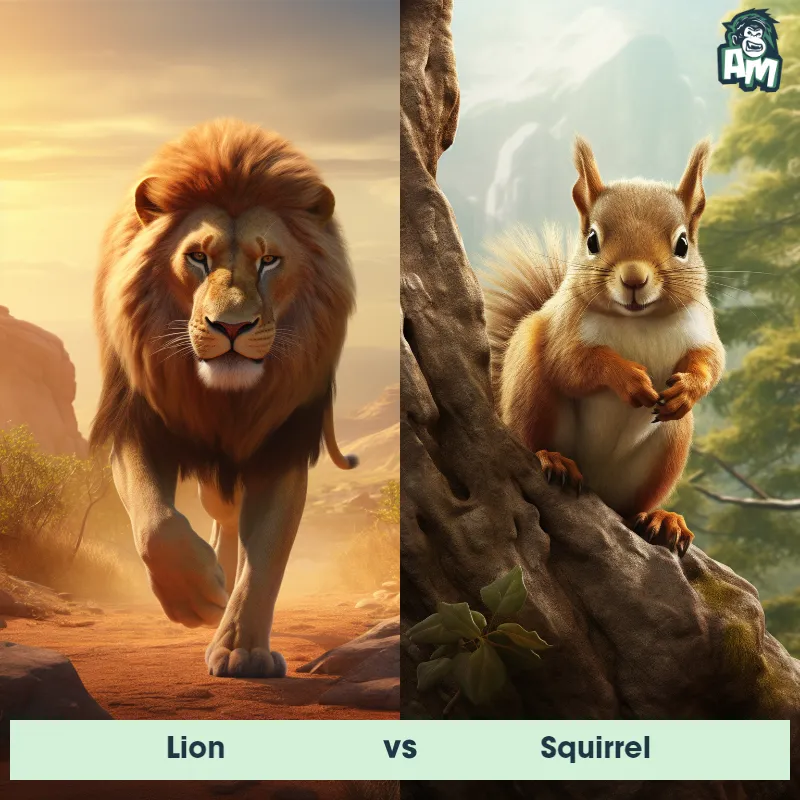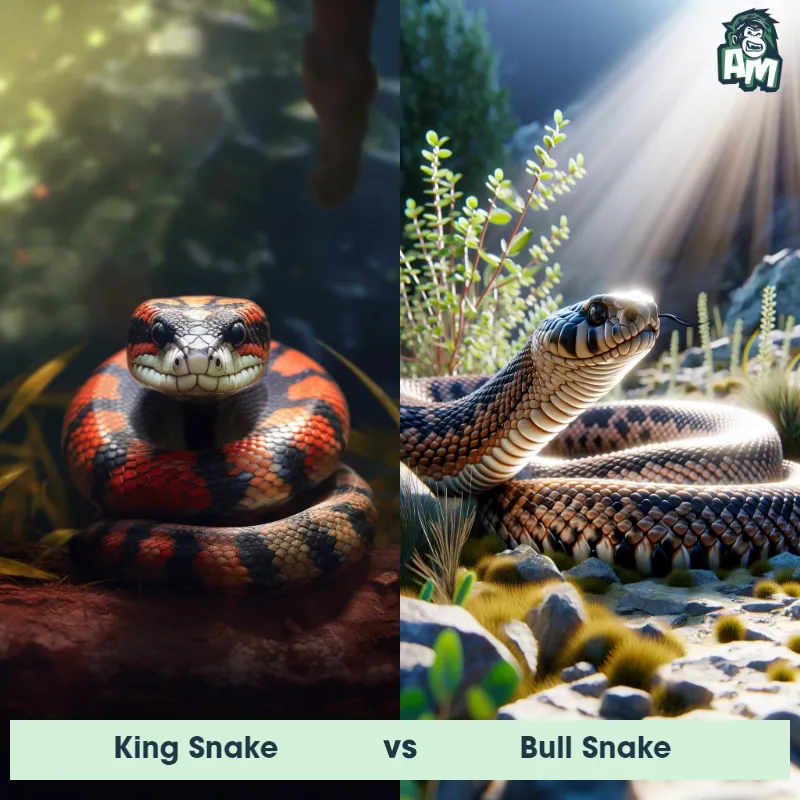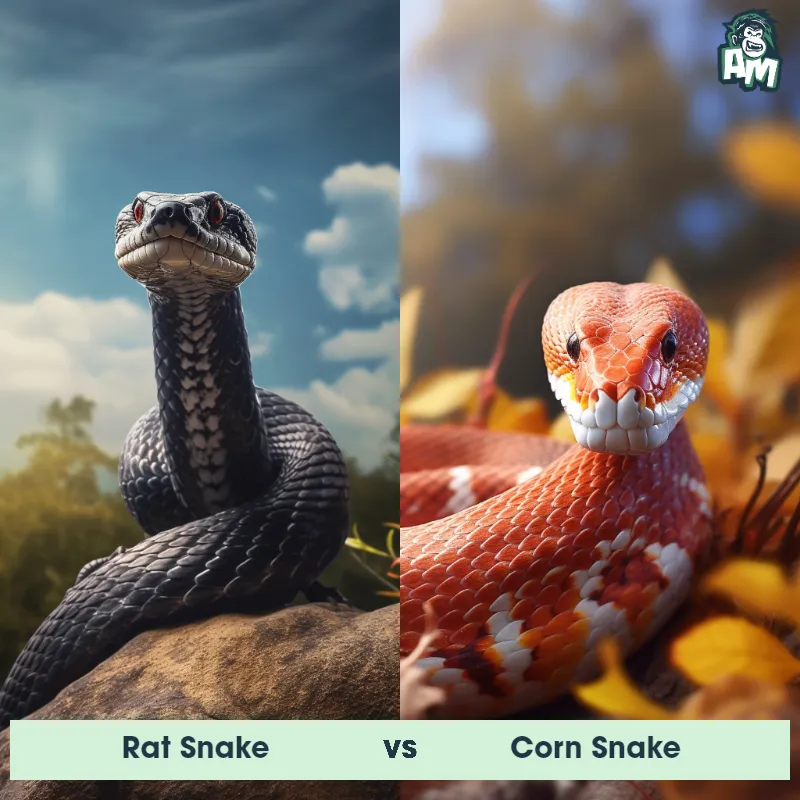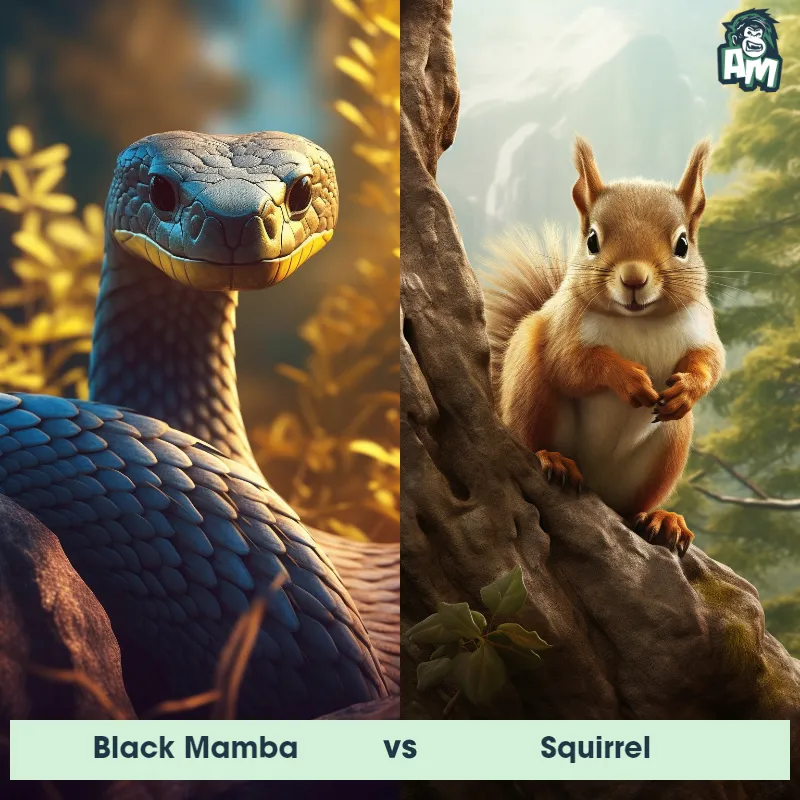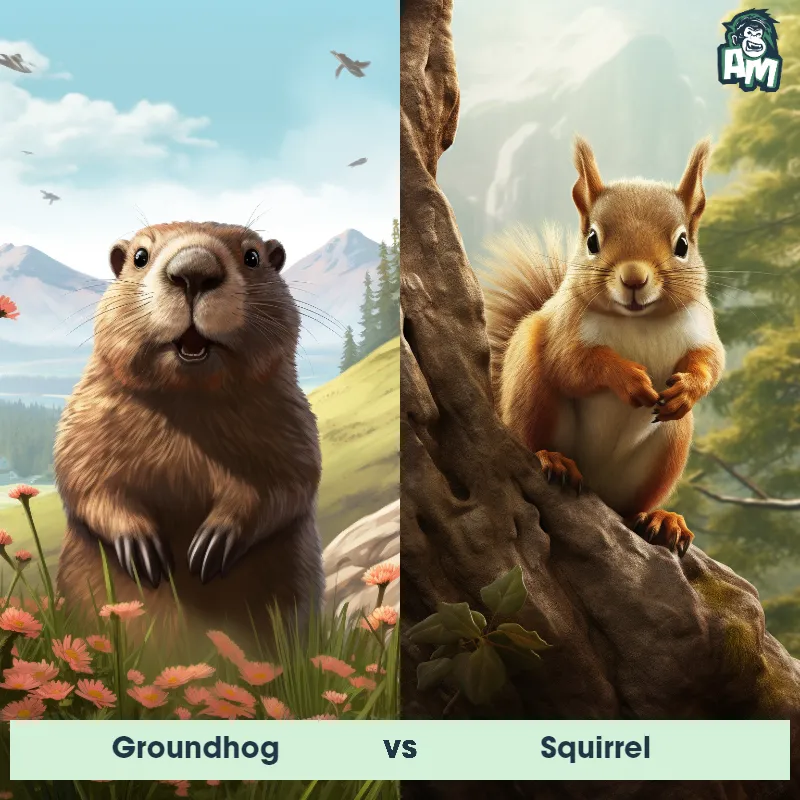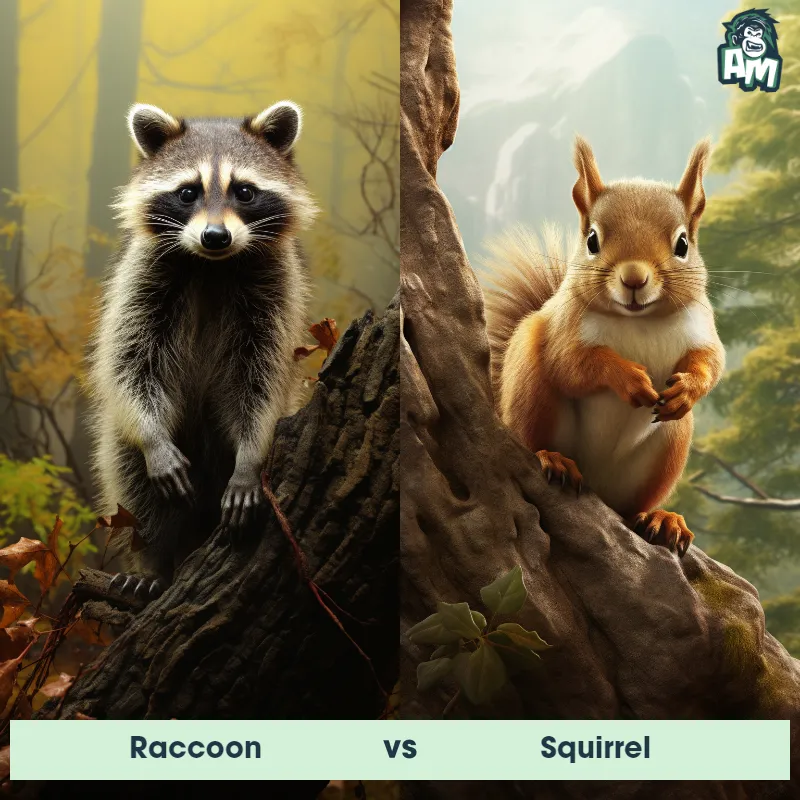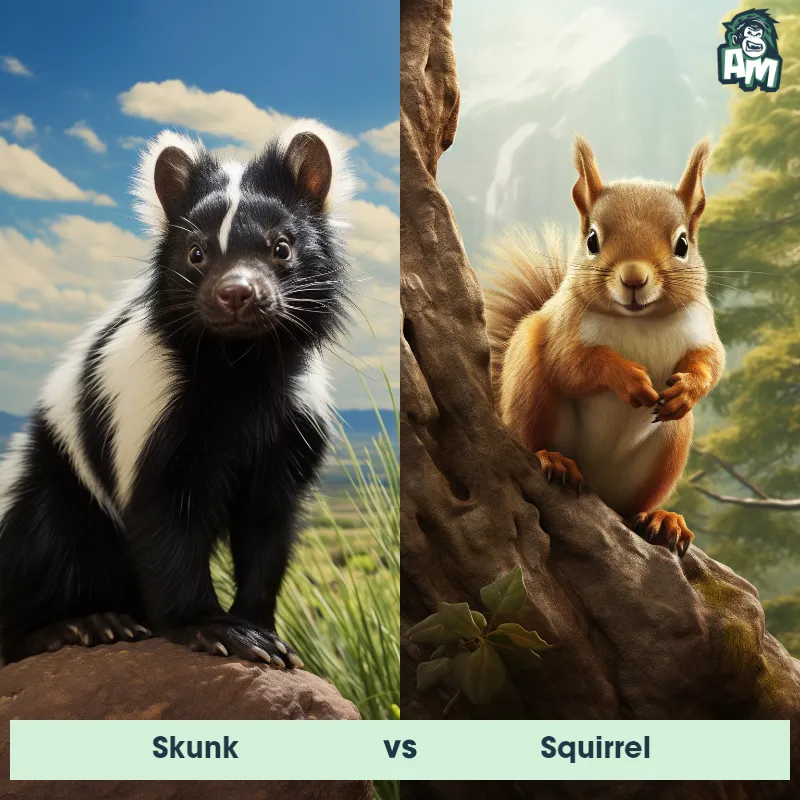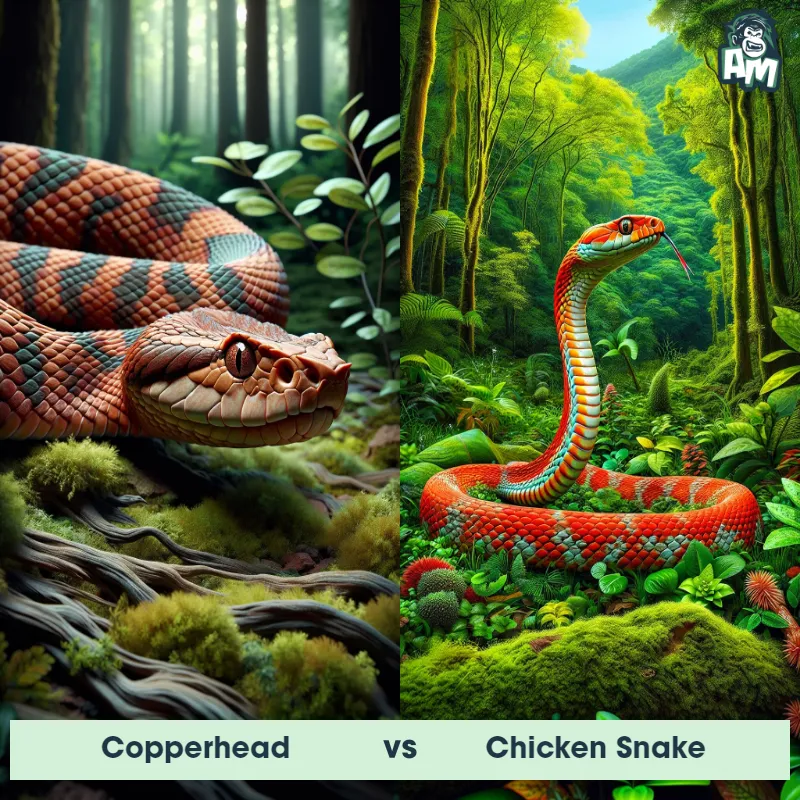Squirrel vs Bull SnakeSee Who Wins
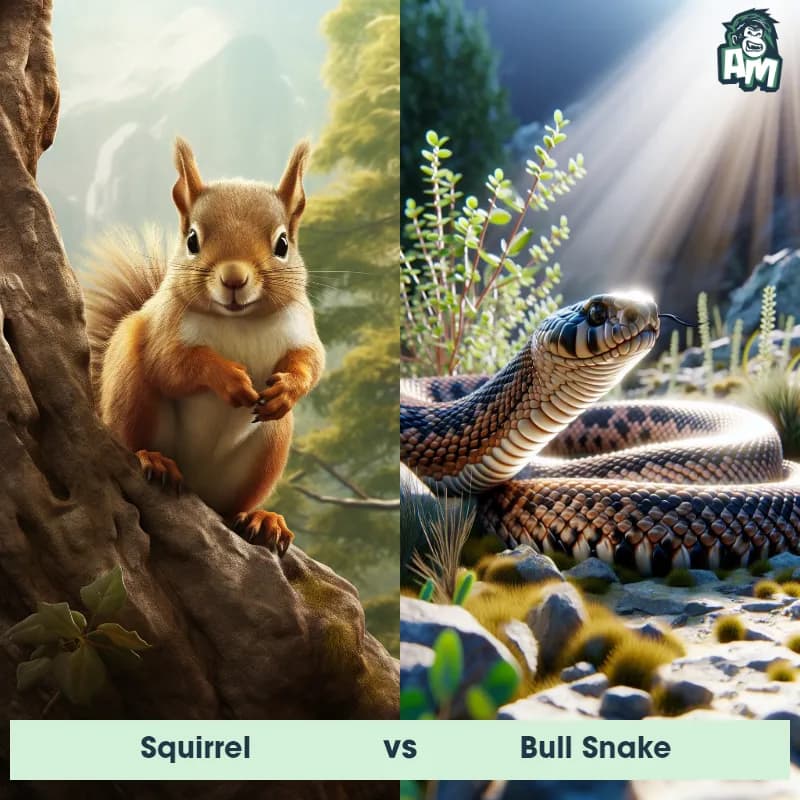
Ladies and gentlemen, welcome to this unique battle of the wild here at our incredible arena. Today, we have a fierce showdown between a nimble squirrel and a slithering bull snake. These two competitors have quite the contrasting styles, so let's see how they fare in this three-round bout. The atmosphere is buzzing with anticipation as the competitors are getting ready to showcase their skills. Let's jump right into the action!
Contender 1: Squirrel
The Squirrel is a small to medium-sized rodent, known for its bushy tail and agile climbing abilities. They have a slender body covered in soft, silky fur and vary significantly in color, from red and brown to grey and black, depending on the species. Squirrels are arboreal creatures, meaning they spend a significant amount of time in trees, where they forage for nuts and seeds, their primary diet.
Fun Fact: Interestingly, squirrels plant thousands of new trees each year simply by forgetting where they buried their acorns and nuts, playing a crucial role in forest regeneration.
Contender 2: Bull Snake
The Bull Snake, scientifically known as Pituophis catenifer, is a nonvenomous snake species found in North America. It is known for its large size, reaching an average length of 4-6 feet, with some individuals growing up to 8 feet long. Bull Snakes have an elongated and muscular body, covered in smooth scales, which can vary in color from yellowish-brown to tan. They have a series of dark blotches or saddles along their back, with a pale yellow or white belly. The head is triangular in shape and they possess large eyes with round pupils. Bull Snakes are known for their incredible climbing abilities and are skilled at burrowing. They are opportunistic feeders, consuming a variety of prey such as rodents, birds, frogs, and lizards.
![[object Object] Gif](https://tenor.com/view/bullsnake-rattlesnake-snake-strike-hissing-mimic-gif-17072855.gif)
Fun Fact: One interesting fact about Bull Snakes is that they are excellent mimics and have the ability to imitate the sound of a rattlesnake by rapidly vibrating their tail against dry vegetation, leading potential predators to believe they are facing a venomous snake and ultimately deterring them.
Matchup Stats
| Squirrel | Bull Snake | |
|---|---|---|
| Size | 5-20 inches (13-51 cm) | 4-6 feet (1.2-1.8 meters) |
| Weight | 0.5-1.5 lbs (0.2-0.7 kg) | 2-6 pounds (0.9-2.7 kilograms) |
| Speed | 12 mph (19 km/h) | 8mph (13km/h) |
| Key Strength | Agility and Speed | Constriction ability |
| Biggest Weakness | Small Size and Lack of Defensive Weapons | Lack of venom |
Current Votes
Squirrel vs Bull Snake
See Who Wins
View More Matches
Looking For More?
Similar Matches
Scientific Stats
| Squirrel | Bull Snake | |
|---|---|---|
| Scientific Name | Sciuridae | Pituophis catenifer |
| Family | Rodentia | Colubridae |
| Habitat | Forests, Woodlands, Urban and Suburban Areas | Grasslands, deserts, scrublands, and semi-arid areas |
| Geography | Worldwide except Antarctica | North America |
| Diet | Nuts, Seeds, Fruits, Insects, and Occasionally Bird Eggs | Rodents, birds, frogs, lizards |
| Lifespan | 5 years - 12 years | 15 years - 20 years |
Key Differences between Squirrel and Bull Snake
- Head shape: The Bull Snake has a triangular-shaped head that is wider than its neck, similar to many venomous snake species, whereas the Squirrel Snake has a more slender and elongated head shape.
- Color and pattern: The Bull Snake has a distinctive pattern of brown or tan blotches on a yellowish background, often resembling the patterning of a rattlesnake, while the Squirrel Snake has a more uniform coloration with reddish-brown or grayish-brown scales.
- Eye shape and size: The Squirrel Snake has relatively large eyes with round pupils, while the Bull Snake has slightly smaller eyes with elliptical pupils.
- Habitat preference: The Squirrel Snake is primarily found in wooded and forested regions, often near water sources, while Bull Snakes commonly inhabit grasslands, open areas, and semi-arid regions with sandy or rocky soils.
- Size: The Squirrel Snake is generally smaller, growing to an average length of 2 to 3 feet, while the Bull Snake can reach a larger size of 4 to 7 feet in length.
- Body shape: The Squirrel Snake has a slender, cylindrical body, tapering gradually towards its tail, while the Bull Snake has a more robust and muscular body shape.





